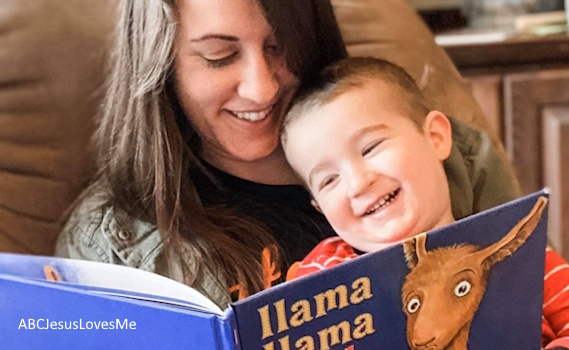
Before diving into a new story with your child, try starting with a "Picture Walk." In this activity, you simply flip through the pictures and explore the story visually, without reading the text. This approach helps build excitement for the story, improves comprehension, stimulates creativity, and teaches children to use visual cues as a reading tool. While it's especially beneficial for preschoolers, it's a key practice for early readers as well.
A "picture walk" is a simple yet powerful activity where you "walk" through the illustrations of a book, previewing the story without reading the words. This technique sparks curiosity, builds interest, and encourages children to use visual clues to predict what might happen in the story. Not only does it foster imagination, but it also aids comprehension, helping children connect the images with the storyline. While especially beneficial for preschoolers, picture walking is an essential tool for early and growing readers, teaching them to investigate the visual hints and build imagination as they develop their reading skills.
Watch a child confidently learn numbers through engaging, hands-on activities in the ABCJesusLovesMe Preschool Curriculum. With a focus on both academics and biblical values, this program nurtures development in every area, all while making learning fun. Click to discover how we can support a child's educational journey!
Start the picture walk by looking at the cover of the book and reading the title and author’s name with the child. Use these clues to spark curiosity by asking, “What do you think this story will be about?” After sharing ideas, review the title and author’s name again while looking at the title page. This simple interaction encourages children to begin forming connections between the images and the story's content.
Next, take your time slowly "walking" through the entire book without reading any words. Focus on each picture, asking questions that engage the child’s imagination and curiosity. Use the five “W’s” and one “H” to prompt responses: “What is the bear doing?” “How does the little boy feel?” “When is the story taking place?” Highlight the emotions of the characters and listen to the child’s ideas. Respond with encouraging statements such as, “Maybe you’re correct” or “Let’s see if that happens.” This keeps their interest piqued and invites them to make predictions.
As you begin reading the story aloud, continue engaging the child with short conversations about the book and illustrations. Ask open-ended questions like, “What do you think will happen next?” This approach helps maintain the child’s attention while also deepening their comprehension of the story.
It might feel like picture walking is taking up valuable reading time, but in reality, it's a crucial step in the reading process.
In this video, you'll learn what a "Picture Walk" is, why it's an important tool in early literacy, and how to use it effectively with children. Discover how this simple activity boosts comprehension, sparks imagination, and helps young readers develop essential reading strategies.
Turn tears into smiles with the unique ABCJesusLovesMe Handwriting Curriculum. The key to successful penmanship is in the process - a process where each level is a building block for the next.